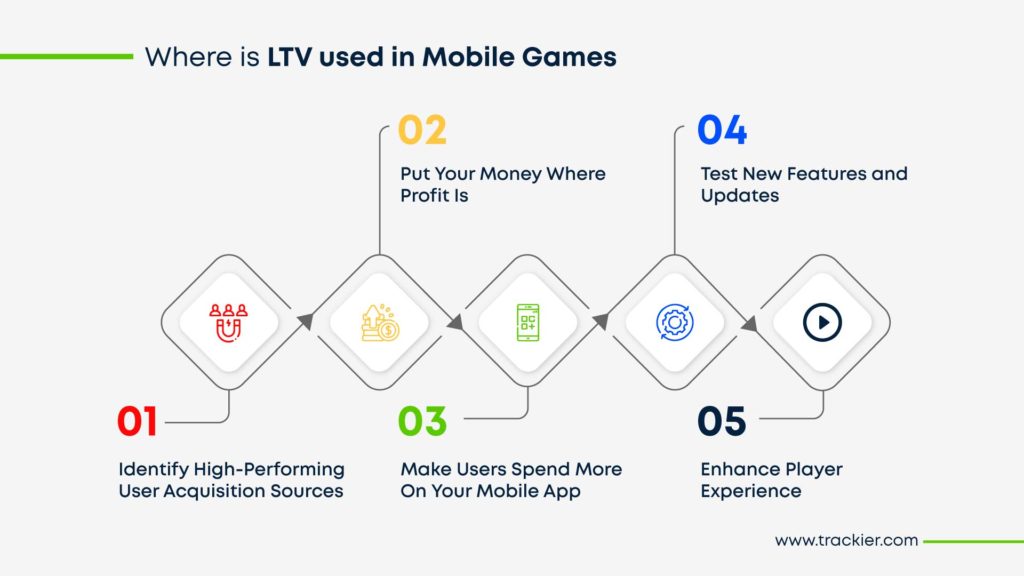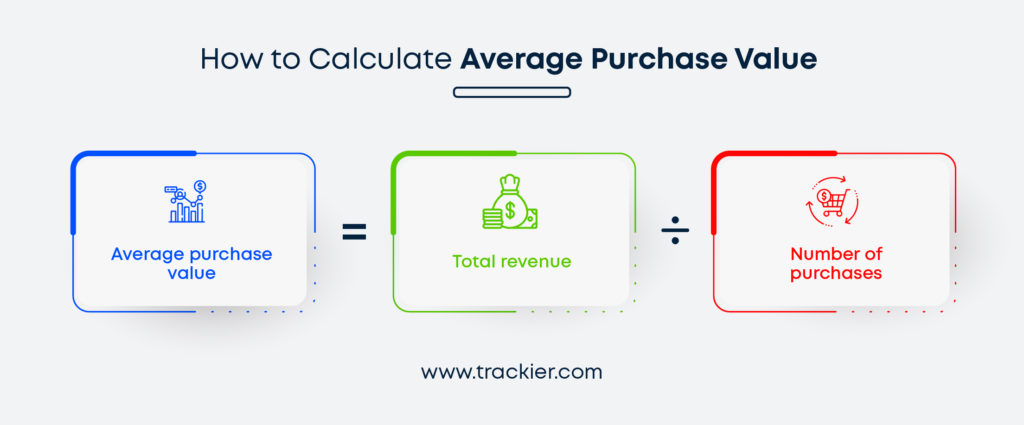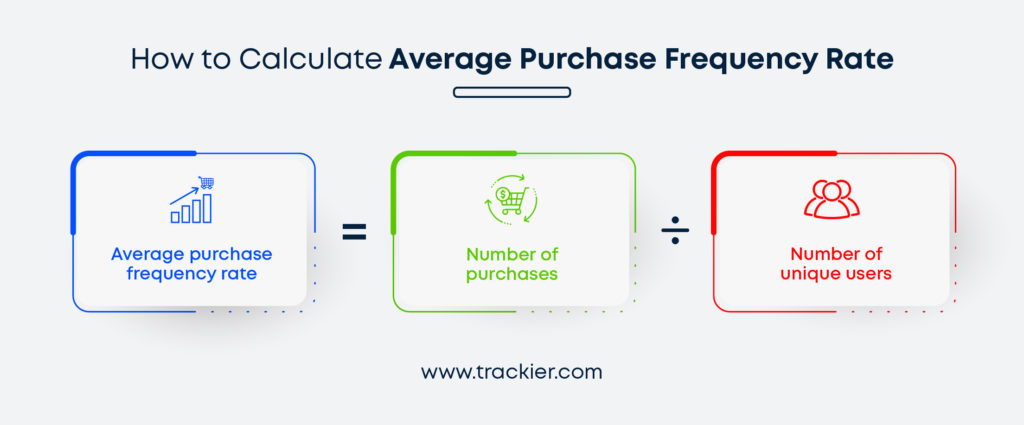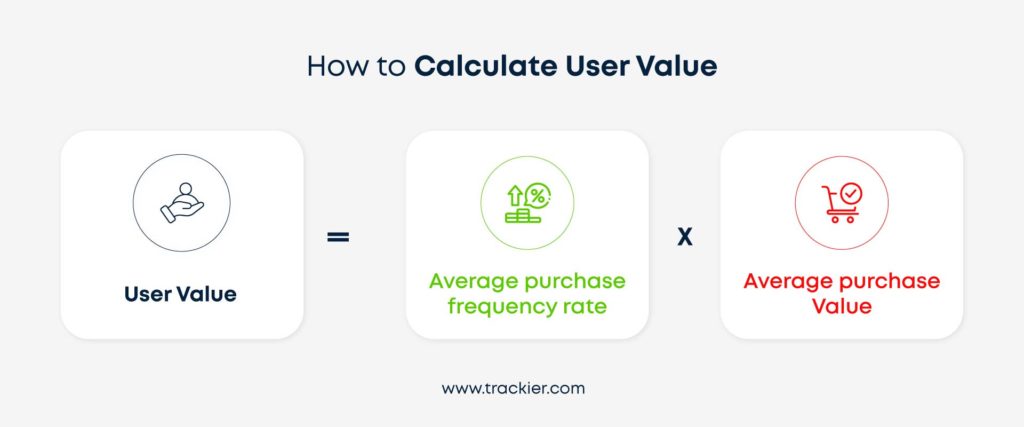Did you know around 76% of businesses view Customer Lifetime Value (LTV) as one of the most important metrics? Why? Because as per the study, your existing consumers spend 67% more on your business than new customers. Needless to explain why LTV is THE most important metric for a business that’s looking for sustainable success, be it in any industry, including mobile games. Now the focus question is, how to calculate LTV for mobile games and what is the average LTV for mobile game apps?
In this blog, we’re going to answer these and many other questions to give you a complete picture of what LTV is, how it is calculated, and what number you should be aiming for.
What does LTV Stand For in Mobile Games?
While the general definition of LTV is the average revenue generated by a user throughout its relationship with a business. Customer LTV for mobile games is also along similar lines with slight differences. It refers to the net revenue a player is expected to generate throughout their association with your mobile gaming app. Briefly, it helps mobile marketers to identify and focus on high-value users and optimize their marketing efforts accordingly.
However, that’s not all. There are multi-faceted benefits of calculating LTV for mobile games, which we’re going to discuss in the next section of this blog.
Where is LTV used? Why is it Important?
Like any other industry, Customer LTV is extensively beneficial for the mobile gaming industry as well. It is used to measure and optimize the overall value generated by players throughout their engagement with your mobile game. Apart from this, here are some other key areas where Customer Lifetime Value is utilized in a mobile game app.
- Identify High-Performing User Acquisition Sources: By calculating the LTV of each player and matching them with the source of user acquisition, you can identify which channels are providing your business with high-value and the most engaged users. You can then redirect your marketing efforts toward those channels.
- Put Your Money Where Profit Is: Calculating LTV also helps you optimize your monetization strategies within the mobile game app. By looking into the LTV of different users, you can create in-app targeting campaigns, advertisements, and subscription offers to further make an upsell through high LTV users.
- Make Users Spend More On Your Mobile App: The foremost and the most important use case of Customer LTV is to help mobile marketers to identify opportunities to improve engagement and retention on your mobile app. Businesses can create sustainable success for themselves by focusing on nurturing high-value players of their mobile app.
- Test New Features and Updates: By LTV analysis, developers can understand what features and updates resonate with their users and what don’t. It can help them detect updates that are actually driving more engagement on their mobile game app.
- Enhance Player Experience: LTV analysis also enables you to enhance player experience by personalizing your remarketing campaigns. You can identify bottlenecks in case of low LTV and help turn those users into high-value, revenue-generating customers, through a personalized marketing approach.
So now you understand how a simple LTV calculation and analysis for your mobile game can turn your low-value players into high-value players, and the latter into brand advocates.
Moving on to the next section, let’s explore how to calculate LTV for a mobile game.
How to Calculate LTV For Mobile Games?
Calculating LTV is no rocket science. It can be done in 3 simple steps as in the section below.
Calculate the Average Purchase Value
Firstly, you will need to calculate the average purchase value of your mobile game users. To calculate this, you simply have to divide the total revenue of your mobile game app over a specific period of time, by the total number of purchases made in that period. For a more simplified representation, you can check out the picture below.
Calculate the Average Purchase Frequency Rate
Now calculate the Average Purchase Frequency Rate – the measure of how frequently customers make purchases on your mobile game app in a specific period of time.
To calculate this, divide the number of purchases made by users on your mobile app in a specific period of time, by the number of unique users who made a purchase on your mobile app.
Calculate the User Value
The next step of the process is to calculate the User Value of your mobile game app. To do this, you simply have to multiply the Average Purchase Value you obtained in the above step with the Average Purchase Frequency Rate.
Calculate User Lifespan
To find this, divide the total time users spent on your mobile app by the total number of users.
Calculate the LTV for Your Mobile App
The next and final step of the process is to calculate the LTV for your mobile game app. For this, you have to multiply the user value obtained above by the user lifespan. You will get a number defining your Customer Lifetime Value on your mobile game app.
Using a Mobile Measurement Partner like Trackier, you can easily find out the Cost Per Install of your mobile app, which will further help you calculate the ROI of your mobile marketing efforts.
Calculate the ROI of your Mobile Marketing Campaign
To calculate the ROI (Return on Investment) of your mobile marketing campaign, divide the LTV obtained above by the Cost Per Install. If the ratio is greater than 1, then your mobile marketing campaigns are yielding positive results. However if less, you’re doing something wrong or burning out too much cash on acquiring users that are not high-value.
Average LTV for Mobile Games
According to the data, the average LTV for mobile games relies on the genres of the games and these numbers tend to fluctuate a lot depending on the market conditions. Here’s a rough idea of what an Average LTV looks like for Mobile Games of different genres.
- Hypercasual Game: 20-40 cents
- Casual Game: $1-$3
- Mid-Core Games: $2-$5
- Casino Games: ~$15
However, a general rule of thumb is, your LTV should be 3x of your cost of acquisition. If it is any less than that, you need to optimize your user acquisition strategies on cost-effectiveness to reduce the spending and increase the yield.
What To Do if Your LTV for Mobile Game Is Low or Less Than CAC?
Low LTV or less than Customer Acquisition Cost indicates that either your user acquisition strategy is costing you a lot of money or your retention marketing strategy is not on point. If you’ve been noticing that users hardly engage with your mobile app or leave without making many purchases, you need to focus on creating an airtight retention marketing strategy that helps derive more value from customers and keep them engaged with and loyal to your mobile app.
If you’re new to retention marketing or simply want to up your game, we have a blog post you’d love to read. In our last blog post, we explained how you can build a retention marketing strategy that improves your LTV while being cost-effective.

















